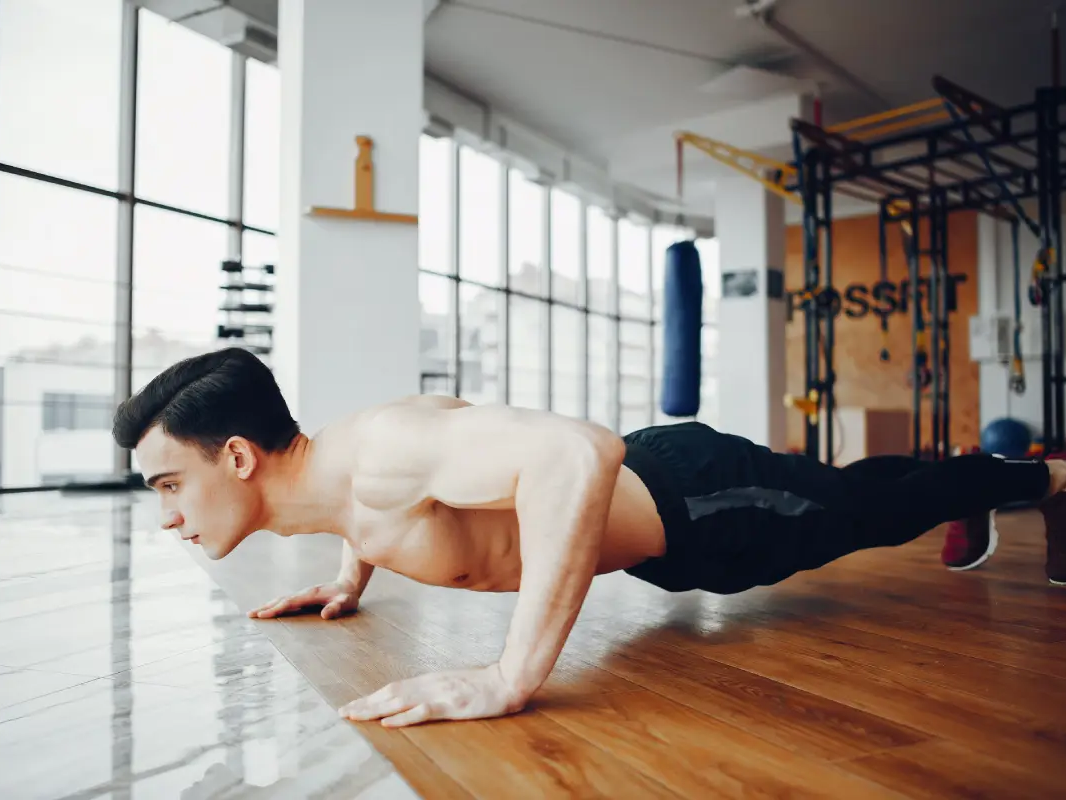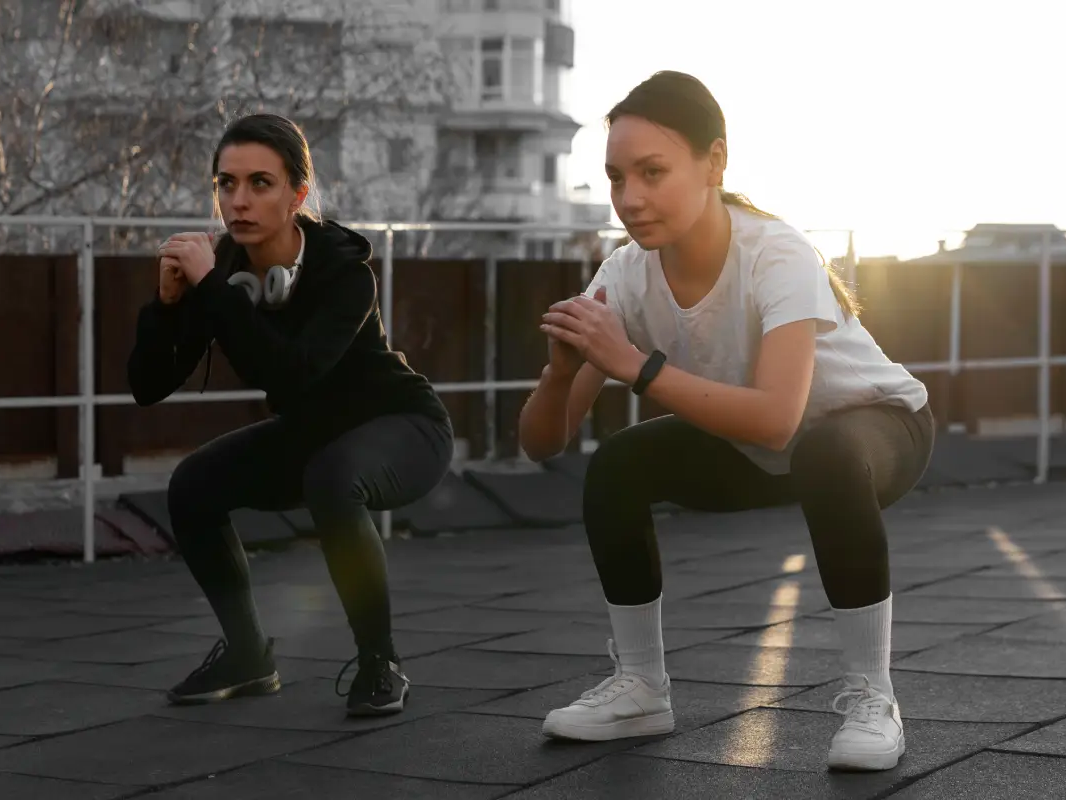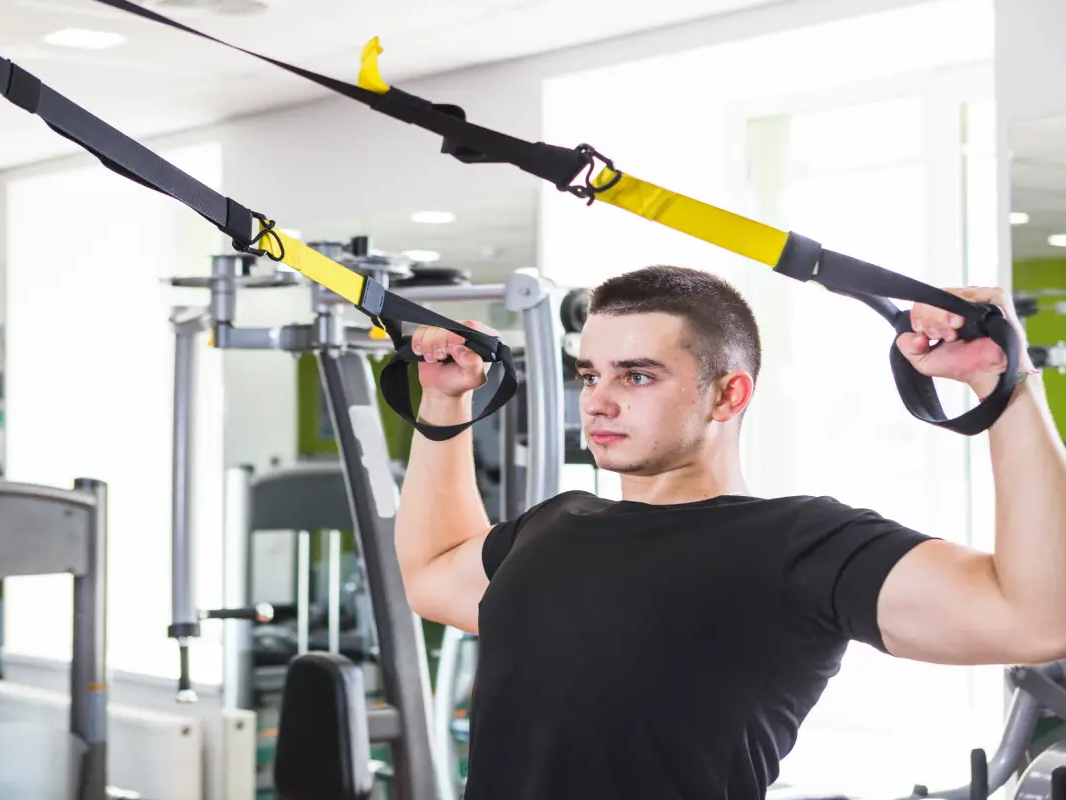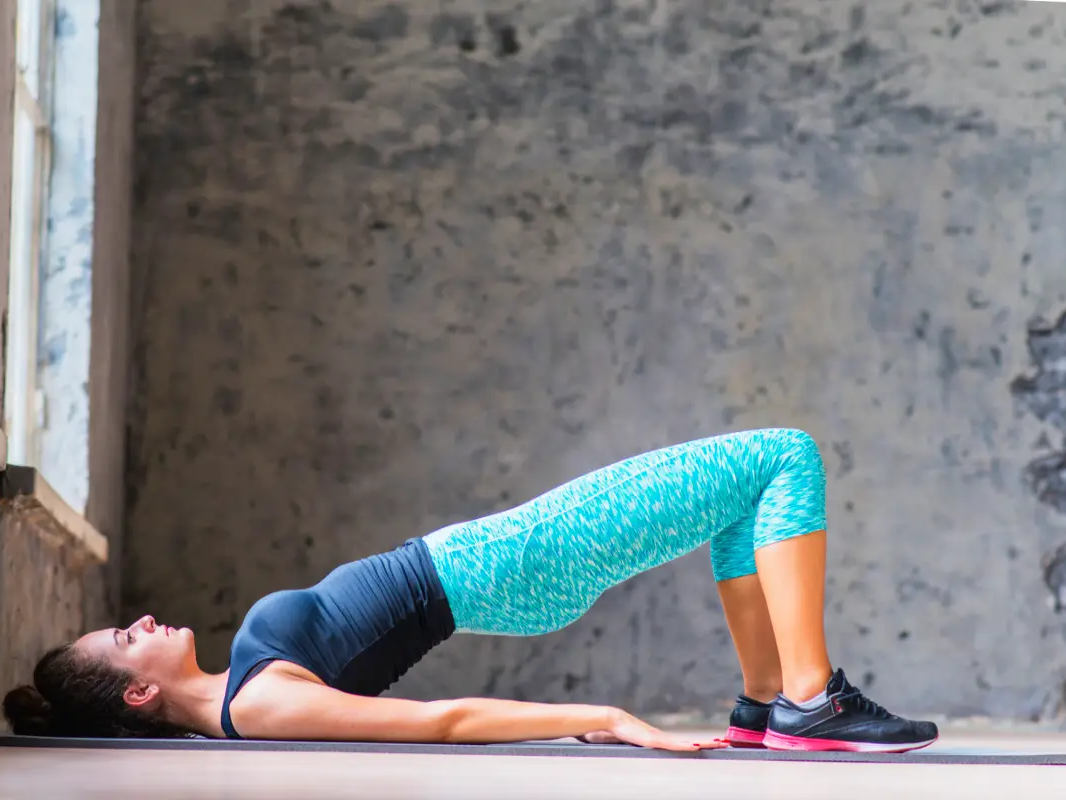Tight hamstrings limit mobility and increase the risk of injury. Hamstring stretches improve flexibility, reduce stiffness, and enhance athletic performance.
This guide covers effective hamstring stretches, their benefits, and how to perform them properly.
Table of Contents
ToggleWhy Stretch the Hamstrings?
Benefits of Hamstring Stretches
- Increases flexibility – Expands range of motion.
- Reduces muscle tightness – Eases discomfort from sitting or exercise.
- Boosts performance – Supports mobility for running, jumping, and lifting.
- Prevents injuries – Lowers the risk of strains and imbalances.
How to Stretch the Hamstrings
Perform hamstring stretches correctly to avoid injury and maximize results. Keeping the back straight prevents strain and improves effectiveness.
Should You Stretch a Pulled Hamstring?
Stretching a pulled hamstring too soon can worsen the injury. Allow time for healing, then introduce gentle, pain-free stretches to aid recovery.
Best Hamstring Stretches
1. Standing Hamstring Stretch
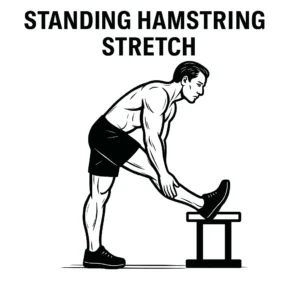
- Stand with feet hip-width apart.
- Extend one leg forward, resting the heel on a raised surface.
- Keep the back straight and hinge forward at the hips.
- Hold for 15–30 seconds, then switch legs.
2. Seated Hamstring Stretch
- Sit with one leg extended, the other foot against the inner thigh.
- Reach toward the extended leg without rounding the back.
- Hold for 15–30 seconds, then switch sides.
3. Lying Hamstring Stretch
- Lie on the back with one leg extended.
- Lift the other leg, holding the thigh or calf.
- Keep the leg straight and hold for 20–30 seconds.
4. Dynamic Hamstring Stretch
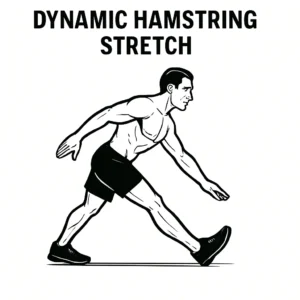
- Stand tall and kick one leg forward while reaching toward the foot.
- Alternate legs in a controlled motion for 10–15 reps.
5. Upper Hamstring Stretch
- Sit with legs extended and lean slightly forward.
- Keep the spine straight and hold for 20–30 seconds.
Stretching Tips for Safety
1. Warm Up First
Perform light movement, like walking or leg swings, before stretching.
2. Hold, Don’t Bounce
Avoid bouncing to prevent muscle strain.
3. Breathe Through Each Stretch
Deep breathing relaxes muscles and increases flexibility.
Conclusion
Regular hamstring stretching improves mobility, flexibility, and injury prevention. Adding standing, seated, and dynamic stretches ensures balanced muscle function. Proper technique and gradual progression enhance results while reducing strain.
Last Updated on October 11, 2025
Written By
At Ironclad Fitness, we cut through the noise with expert-backed, no-nonsense advice on training, nutrition, and gear. Our team stays ahead with research, real-world experience, and insights from industry professionals. We prioritize accuracy, transparency, and actionable guidance to help you get stronger every day.
Join thousands of readers leveling up their fitness.
Skip the guesswork—get insights on training, health, and the right gear to support your progress.
You may also like
4 Push Up Workouts for Total Body Strength
Push-ups are one of the most effective bodyweight exercises for building…
How to Do the Sumo Squat to Strengthen Inner Thighs
The sumo squat is a variation of the traditional squat that places greater…
6 Best Arm Workouts for Beginners
Arm workouts are essential for building strength, improving muscle tone, and…
How To Do Face Pulls (And Actually Feel Them)
Face pulls strengthen the rear delts, traps, and rotator cuff muscles. They…
What are Glute Muscles & How to Make Them Stronger
The glute muscles are essential for stability, movement, and strength. They…
How to Do a Hack Squat Safely and Effectively
The hack squat builds leg strength, muscle mass, and stability. It targets the…
